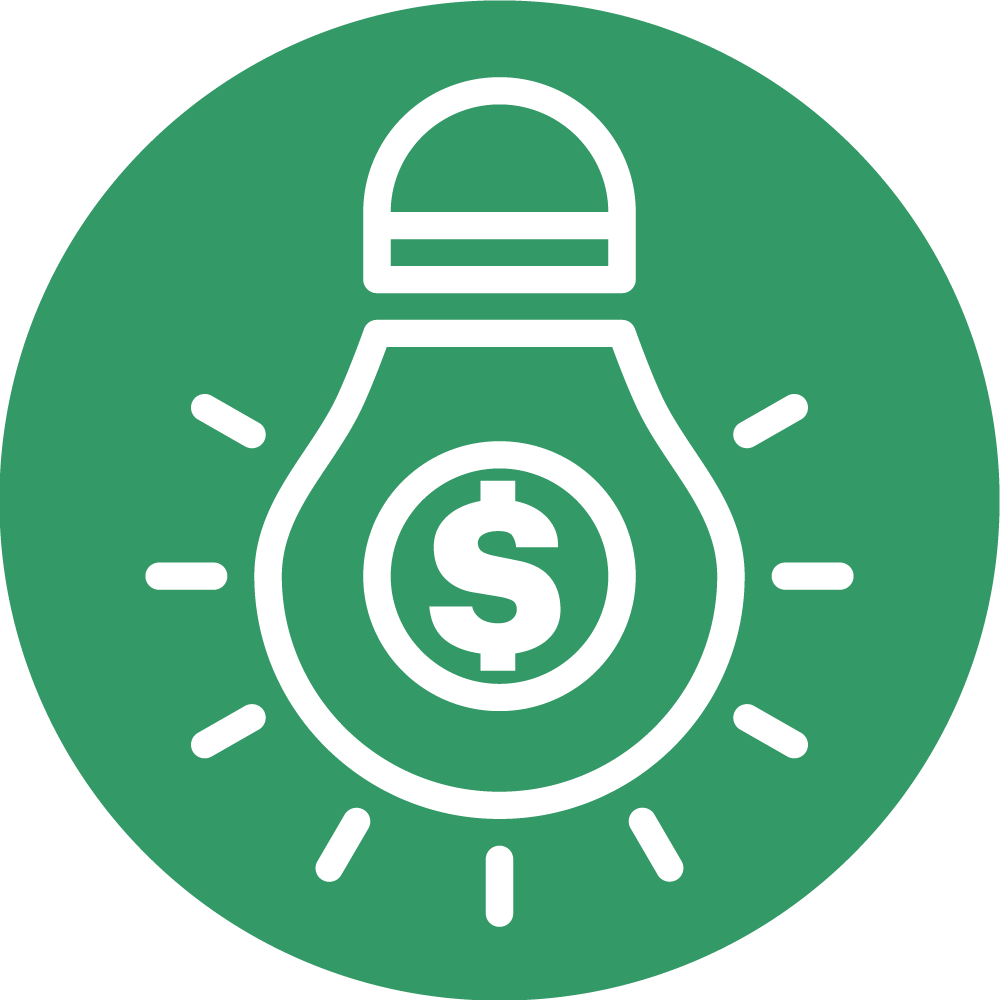Are you self-employed, freelance, or a contractor with a variable income? Here’s how to cope with the financial peaks and troughs
Nearly half of creative workers (47%) are freelance or self-employed (source: ONS, 2017). Chief among those are writers, producers, artists and directors – it’s a large and significant part of almost all creative industries. One of the key challenges for this group is managing money on an irregular or variable income. So what can we do to smooth-out the financial ups and downs that we will inevitably face in a given year?
The key is learning to syphon-off your income in normal and higher-earning months into a ‘top-up fund’, so you can top things up from your savings when needed.
This would be easy if humans were calm, logical creatures, but we’re not – so we need a way to tell whether or not we should save or withdraw (and by how much) in a given month.
Turning a problem into a question
If we put a little effort in upfront, we can save ourselves from guesswork down the line.
In order to do this, we’re going to answer these five questions…
- How much do I earn?
- How much do I spend?
- How much am I normally left with?
- How can I create a more consistent income?
- How much do I need?
Why? Well, if you know how much you earn and how much you spend in a given month, you can figure out what you are left with. This is your personal cash flow.
All businesses ultimately survive or perish based on their cash flow (overall, is there more money flowing in than flowing out?) and it’s the same in your personal finances.
Once you have a predicted cash flow figure for the month, you know whether you will likely need to pay in or out from your savings (your ‘top-up fund’) for that period. This will help smooth-out that variable income over the longer term.
Answering the final question (‘How much do I need?’), gives you the comfort of knowing the minimum amount you’ll need to live on in a given month. The bigger the gap you can create between your income and this essential spending, the more you can potentially save into your top-up fund – and the bigger cushion you’ll have to smooth-out the financial ups and downs.
This is quite a lot of information to pull together initially, so I’ve put together a spreadsheet to help you keep track and – if it all goes to plan – to do some of the calculations for you.
Free spreadsheet!
The sheet is designed to be used to log your answers to some of these questions and calculate your cash flow for a typical month.
You can then stop there, or you can use it to keep track over the longer term. Keep it up-to-date and the sheet will help you figure out how to spread your variable income more evenly throughout the year. We do this using a ‘top-up fund’.
You can download the sheet above and there are links and tips (in bold, with the lightbulb icon) throughout this piece to help you understand where to enter the relevant information.
Even with the whizzy spreadsheet above, this stuff can take time, so don’t stress if you find you have to do it in instalments. The clarity is worth the effort.
1. How much do I earn?
First, let’s figure out what you have coming in normally.
If you have any salaried work (or state benefit) that pays a regular, fixed amount, use your bank statements or pay cheque to find out your monthly income.

Make a note, or add this into the top ‘Salary income’ box for your ‘Typical Month’ on the supplied spreadsheet.
But I’m freelance and my income is a nightmare…
It’s a bit messy, but finding a past average is probably the simplest and most helpful place to start. We’re looking to smooth-out future dips and bumps in income, so a figure that represents the middle of your ‘normal’ range is useful here.
Ideally, you want to represent a long period with the average – a year or more – but you can hone this and update down-the-line. Right now, settle for making a start.
So… add up your income for your chosen period and divide the figure by the amount of months it covers.
Total income for period ÷ Number of months in period = Average monthly income
For instance, if you earned £12,000 in freelance income over 12 months, your average would be £1,000 a month.
Some ideas about where to find this information:
- Banking apps (you may be able to just filter income only transactions)
- Your income statement (where you track invoices etc.)
- Your tax returns (dig out that Self Assessment login)
- Ask your accountant
If you’re setup as a company, make sure you factor in your dividend income for the year here, too.
Once you’ve found it, make a note.

You can drop your average freelance income figure in the ‘Freelance income’ box of your ‘Typical Month’ on the spreadsheet. This will then be added to any salaried income or benefits you specified, in order to tell you your average total income.
Then take a break…
Want to make sure you never miss a post?
Sign up to the Creative Money newsletter!
Let me read it first >
2. How much do I spend?
Now let’s figure out your spending for a typical month.
Sit down with your banking app or statements and go through your spending for the last month (or one you feel is truly representative of your typical expenses – if in doubt, be pessimistic).
Split the month’s spending into categories of fixed and variable expenses.
Fixed expenses
Your fixed expenses will be recurring bills and spending (e.g. rent or mortgage, insurance, gas/electric and other direct debits), which do not usually vary month-to-month.

You can enter your fixed expenses on the sheet, under – you guessed it – the ‘Fixed Expenses’ heading. Add the corresponding figures in the ‘Typical Month’ column.
Variable expenses
Variable expenses are things that may might vary month-to-month, for instance: travel costs, food shopping, eating out, or gifts and entertainment.
It’s a good idea to make groups under your variable expenses to reflect your spending priorities and help you to see where your money is going. There are some examples on the sheet above already. Keep it simple, though – no more than 10 groups.
If you just can’t face doing all of this immediately, settle for totting up any expenses not covered in your fixed category and lump them all in one ‘other expenses’ group.
(This sort of thing makes accountants reach for the smelling salts, but you can always come back and split this out out at a later date.)
Make a note of the totals.

You can enter your groups on the first column of the sheet under the ‘Variable Expenses’ heading and add the corresponding figures in the ‘Typical Month’ column.
Can I make a robot do this for me?
Yes! Or at least, sort of… There are several apps out there that will help to automate the process of grouping expenses. Some of the fancier bank apps do this and there’s also the likes of MoneyHub and Money Dashboard, which allow you to connect and monitor multiple accounts/banks.
You can set your own groups or categories for expenses, but you will have to check-in and tag/correct your transactions. However, it does ‘gameify’ it somewhat, so if you’re a phone addict, it could work for you.
Adding it up
Now add the total of your fixed expenses and variable expenses together. Hello, monthly spending!
Fixed monthly expenses + Variable monthly expenses = Monthly spending

Again, on the spreadsheet, it will do this for you and give you a figure for total expenses, as well as factoring in any savings you specify.
That’s the hardest bit done. Congratulations! Again, this is a good point to take a break.
3. How much am I normally left with (i.e. what’s my typical cash flow)?

If you’ve been using the sheet, just scroll down and look at the ‘cash flow for the month’ total to see what’s left in a typical month.
If you don’t want to use the sheet, you’re simply doing the following calculation for your example month:
Total income for month – total spending for month = cash flow for month
What does this mean?
If you have a positive number, this is an amount you can save to supplement leaner months, using a ‘top-up fund’.
Bear in mind, too, that this ‘Typical Month’ cash flow figure might look small, but you are using an averaged income at this point, so even a small surplus is a good thing. It suggests an overall trend of more cash flowing in than flowing out.
If you get a negative number at this point, it means that on average you are likely spending more than you earn (a negative cash flow), or are on course to do so in the near future.
Don’t panic – this is good information to have, but you will need to cut expenses or raise your income to sustain yourself over the longer term. Figuring out your essential expenses (Q5. ‘How much do I need?’) will help here.
4. How can I create a more consistent income?
The answer is to create your own overdraft, using a ‘top-up fund’.
As soon as you are earning more than you spend, set-up an easy-access savings account to set this remaining cash aside. This is your ‘top-up fund’. So how do we do use it?
One method is to simply use your average income (as logged under your ‘Typical Month’) as a guide, as follows:
Earn more than your average income?
Pay the difference into the top-up fund.
Earn less than your average income?
Withdraw the difference from your top-up fund.
Of course expenses vary as much as income and most of us will need to keep a closer eye on things.

If you want to keep a better track on your finances and expenses, update the sheet monthly with your income and predicted spending and it will tell you whether to save or withdraw the ‘cash flow for the month’ figure.
* Updating requires much less effort than finding the initial figures, particularly if you set up your expense groups using an app – you’ve done the hard work already.
My mind won’t let me do this. It needs shiny things.
I hear you. Some things that might help you:
- Make the ‘top-up fund’ deposit/withdrawal early – as soon as you can once payments have cleared.
- Keep your ‘top-up fund’ with a different bank. You still want easy access, but for some reason the mental difference of having to login to a different platform can make you less inclined to dip-in to those savings.
- Use separate accounts for bills (fixed expenses) and variable spending. Direct your earnings to a bills account and then transfer a regular amount (your variable expense total) over to your spending account and spend according to your priorities that month, knowing your bills are covered. Once you run out of cash in your spending account, that’s your lot for the month.
- Don’t think of your ‘top-up fund’ as spare money. It is essentially your future income. ‘Borrowing’ too much from it now is like a salaried worker asking for an advance.
5. How much do I need?
Need to create a bigger gap between your earnings and spending? First, find out your essential expenses…
Look over your spreadsheet/notes/crumpled napkin with your expense totals and consider which items could be cancelled or easily and quickly reduced, if necessary.
For instance, rent is still considered compulsory by most landlords, but you may be able to avoid the posh shops for a bit and spend less on food.

If you’re using the spreadsheet, simply duplicate your ‘Typical Month’ column expenses to the ‘Essential Expenses’ column and remove/reduce, accordingly.
Add it all up. Now you know your essential spending – the bare minimum amount you could exist on from either your income, or savings.
Are you asking me to remove all joy from my life?
No, but this figure is really useful to bear in mind for a number of reasons, for instance…
- If you’re making an effort to boost your ‘top-up fund’ or other savings (because income – essential expenses = your maximum current saving rate).
- If you want a minimum earnings goal, particularly if you are risk averse and keen to always avoid spending more than you earn (creating negative cash flow) within a month.
- If you’re assessing whether or not you can afford to pass on that boring work you’ve been offered, or start that new thing.
Found it hard to save in the past, or looking for a way to get started? Check out our tips on How to start saving (when you don’t think you can)
I’m doing it! It’s worked! What next?
Keeping one eye on your cash flow is key to avoiding nasty surprises. If you keep the sheet up-to-date, it can help you do this.
It has columns for ‘Year Total’ and ‘Year Average’, too, which can be really helpful in showing whether your overall cash flow is positive or negative for the year, as well as your average income etc. The year average can then me imported to the next year to form the basis of your ‘typical month’ column and the cycle starts over.
As you get more confident, it’s a good idea to start to increase your top-up fund savings (by cutting costs, or boosting income) until you have at least a month’s ‘salary’ on-hand.
A final note…
This approach should be regarded as a useful rule-of-thumb. It is a collection of various techniques that have worked for me, but it is not 100% foolproof.
For instance, it initially relies on your past income and predicted spending trends prevailing to keep your top-up fund savings balanced, which (particularly in the current climate) will not always prove to be the case.
In addition, the more dramatically your income fluctuates (say, you have three or four ‘big’ paydays, which sustain you through the year), the more you will need to set aside before you start using this technique regularly. In this case, build the ‘top-up fund’ as much as you can for time being and implement the system following your next big payday.
Nonetheless, the above represents my best effort to date. As we gather more ideas and resources on Creative Money, I will endeavour to update this guide and the spreadsheet.
Ultimately, the minimum you’ll get out of it is a better knowledge of your earnings, spending and the importance of cash flow, all of which can be really useful. Give it a go and let me know how you get on!

How can we help you?
What issues are you facing? What questions do you have about managing your money in the creative industries? What would be most helpful to you?
We don’t have all the answers, but maybe we can find someone that does.

